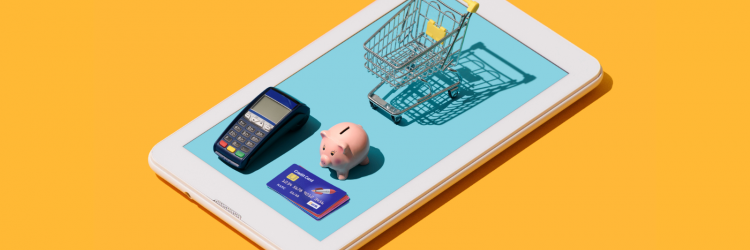When I first came across the concept of "reverse innovation" a decade-plus ago, I was intrigued. Those of us living in fully developed economies tend to assume that innovation flows from our shores to countries in the developing world. But not always. When it comes to cost, in particular, many innovations happen in developing economies and, if the rest of us are paying attention, become available to the developed economies.
Vivek Wadhwa, a very smart fellow I've gotten to know over the years, and two co-authors have written a provocative piece in Fortune that argues that, while most of us have been distracted by the battle that cryptocurrency advocates have been waging against so-called fiat currencies (issued by governments) and the high cost of the traditional banking system, India may have come with an answer.
Vivek, not known for pulling his punches, and his co-authors write in Fortune that "Bitcoin long ago died as a digital currency, becoming nothing more than an empty speculative asset with its value most recently plunging from $60,000 to less than $20,000. Meanwhile, as [its] hypesters now promote a mystical Internet world called Web3, India is racing ahead and implementing what the crypto crowd had promised—with its United Payment Services (UPI)."
The Reserve Bank of India and the Indian Banks’ Association set up UPI six years ago and make payments free to build traffic. The system will eventually carry fees, but, according to the article, "only a tiny fraction of what merchants and consumers pay to move money on private payment systems such as those run by Mastercard and Visa."
UPI has grown to the point that 150 million users transact $100 billion of business through it each month. That's a tiny fraction of the trillions of dollars that pass through the international financial system daily but still shows that UPI can scale. A French company just announced that it will introduce UPI into the European Union, the article says, and "merchants in Singapore, Malaysia, Thailand, Philippines, Vietnam, Cambodia and Bhutan accept UPI payments.... The National Payments Corporation of India is now negotiating with Australia to integrate UPI with Australia’s own nascent fast payment rail, called New Payments Platform.... More than 300 banks and dozens of payment applications and startups—including subsidiaries of many major U.S. tech giants—[are] joining UPI."
It seems to me that UPI may have legs, because it is built from the ground up with the kind of security that is only now being grafted onto traditional payment systems and because it uses an open protocol, making it easy for companies to hook into and build services on top of.
The article says: "By facilitating exactly what [cryptocurrency] was supposed to do—cutting out intermediaries and inducing greater competition—UPI could force a global acceleration of innovation in payment technology."
I'm not suggesting anyone rush out and convert all payments to UPI any time soon. Even if UPI becomes a wild success, it will be years before UPI becomes a must-have, at least outside India. But UPI is still worth a look for insurers. It shows that we don't need to wait for some sort of crypto revolution to happen (or not happen) to make great progress on electronic payments -- cutting costs and saving time for customers as well as insurers by taking so much paperwork out of the process. UPI also lays out a road map for how insurers can start to make progress.
As the article concludes: "Shiny new technologies such as [crypto] may be cool, but less flashy efforts driving open standards and interoperability are delivering a real revolution that flies under the radar of the tech gurus in England's Shoreditch and America's Silicon Valley."
Cheers,
Paul


